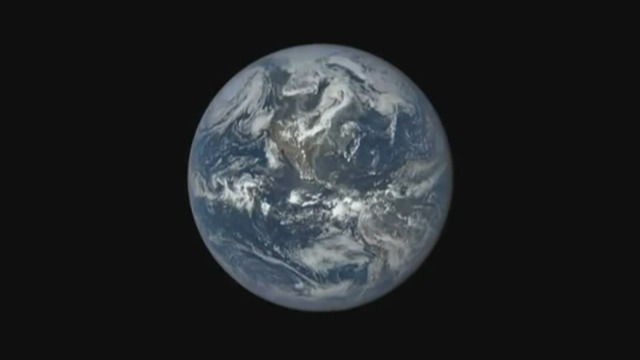The ozone layer is finally healing from damage caused by man-made chemicals, a UN report revealed on Monday.
The depletion of the amount of ozone in the atmosphere has been observed since the late 1970s and resulted in a global phase out of various chemicals spearheaded by the 1987 Montreal Protocol.
As a result, the ozone layer has, in some parts of the atmosphere, been recovering at a rate of 1-3% per decade since 2000, according to the latest review from the Scientific Assessment Panel of the Montreal Protocol.
The UN estimates that Northern Hemisphere and mid-latitude ozone should heal completely by the mid-2030s, followed by the Southern Hemisphere in the 2050s and the polar regions by 2060.
“It’s really good news,” Paul Newman, chief Earth scientist at NASA’s Goddard Space Flight Center and the report’s co-author, said.
“If ozone-depleting substances had continued to increase, we would have seen huge effects. We stopped that,” he added.
Ozone protects life on Earth from harmful levels of ultraviolet rays from the sun. The thinning of its layer has contributed to global warming but also increased the risk to certain diseases, including skin cancer and cataracts.
At its worst in the late 1990s, about 10% of the upper ozone layer was depleted. This year, the ozone hole over the South Pole totalled nearly 25 million square kilometers — 16% smaller than the 2006 peak.
“The Montreal Protocol is one of the most successful multilateral agreements in history for a reason,” Erik Solheim, head of the UN Environment, said in a statement.
“The careful mix of authoritative science and collaborative action that has defined the protocol for more than 30 years and was set to heal our ozone layer is precisely why the Kigali amendment holds such promise for climate action in the future,” he added.
The Kigali amendment to the Montreal Protocol will come into force on January 1, 2019 and calls for more slashing of powerful climate-warming gases in refrigerators, air conditioners and related products. So far, only 58 nations have agreed to the 80% reduction target.
The UN report estimates that the world can avoid up to 0.5 degree celsius of global warming this century if it is implemented.
“These new assessment results highlight the importance of continued long-term monitoring of HFCs (the hydrofluorocarbon chemicals used for cooling and refrigeration) in the atmosphere as the Kigali Amendment begins to take hold,” David Fahey, co-chair of the Montreal Protocol Scientific Assessment Panel, said.
These results come a month after the Intergovernmental Panel on Climate Change — an international body created by the UN and the World Meterological Organization — warned that “rapid, far-reaching and unprecedented changes” were needed to limit global warming to 1.5 degree celsius above pre-industrial level.








